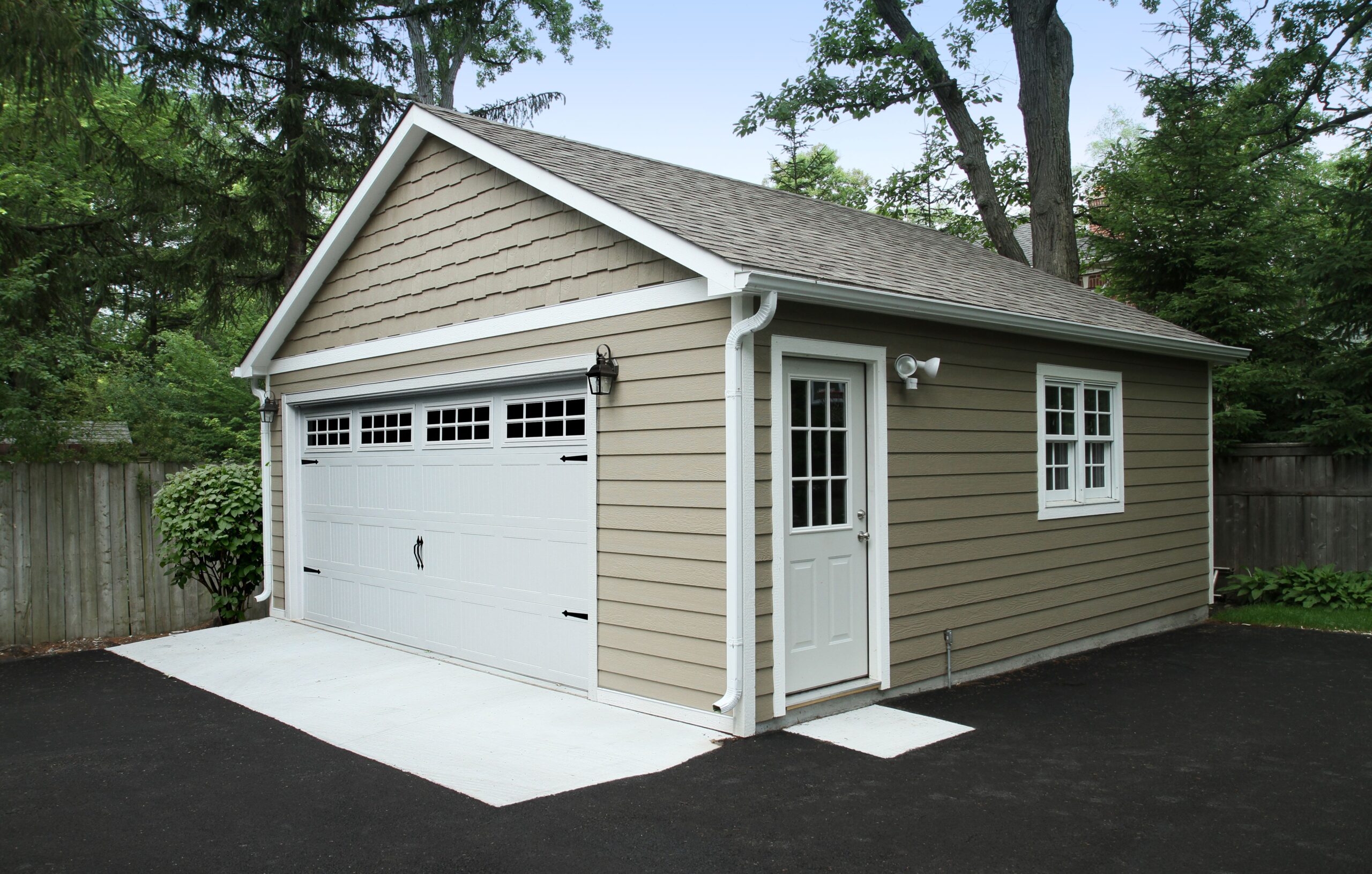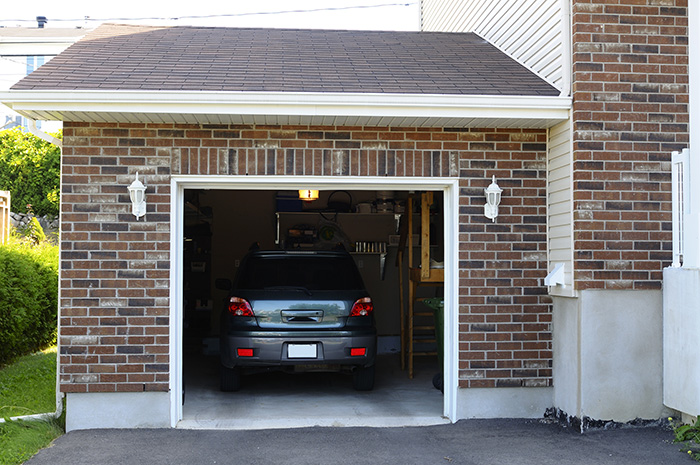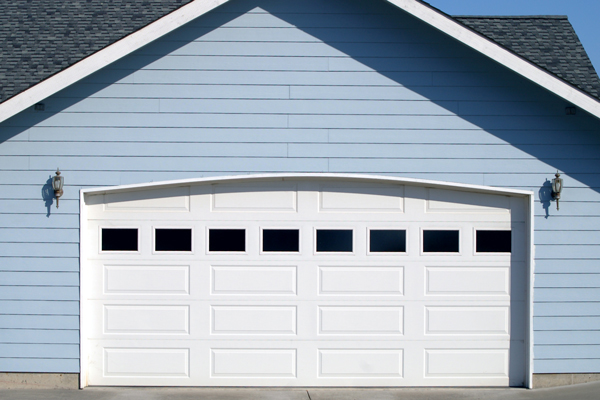Does Your Garage Need to Be Properly Ventilated?
Here’s something homeowners tend to skip over: garage ventilation. You park your cars in your garage, you run power equipment, and maybe you work on projects that produce lots of dust and/or fumes. Common sense would indicate that you already have garage ventilation, but is your garage actually ventilated properly? And what can you do to make sure it is?

Why Ventilate?
Even if you aren’t the kind of person that partakes in DIY projects, messes around with tools, or works on or with machinery & equipment, your garage needs to be ventilated properly. You probably own a car, and that’s enough of a reason to ensure toxic fumes are moved out of the garage space.
You probably own paint, too, and if it’s stored in a garage that isn’t ventilated, the fumes could linger—especially in hotter months. Storing chemicals and insecticides in your garage demand ventilation, too. Like paint, these items produce fumes that are toxic, and if they stick around, you’ll be putting yourself at risk of inhaling them.
Ventilating your garage can also help to prevent it from being subject to water damage. Allowing air flow to move through your garage in the form of window circulation, fans, or vents can assist in drying out any moisture that’s present in the garage. Melting snow, rainwater, and the moisture from a wet car can impact the integrity of your garage flooring, causing cracks and damages. It’s especially the case for concrete floors, so with proper ventilation, you can extend the lifespan of your garage flooring and have one less thing to replace.
How to Ventilate Your Garage

If you’re not sure if your garage is ventilated properly, then take a look at this checklist:
- Windows: Most newer garages are constructed to include windows, but once in a while, you may find an old home with no windows (and no ventilation) at all. Windows are the most basic form of ventilation, and you can have them installed even in attached garages (although you might be limited on their locations, as one or two walls will be attached to the main house).
Ventilation is increased when two windows are across from one another on opposite walls, creating an air flow when they’re open. For attached garages, you might not be able to get this draft with two windows on opposite walls, depending on the available walls to place windows on. Still, even if you cannot create this draft effect, having at least one window can help ventilate your garage. Be sure to close and lock all of the garage windows before leaving your home and at night to prevent potential burglars.
- Fans: Having a window is helpful for ventilation but having a window fan or indoor fan can make your garage’s ventilation system even more effective. If you don’t have more than one window in your garage, using a window fan can draw the air out of the space, similar to the push and pull of having two opposing windows. Window fans are a cheap and effective solution for garages in need of ventilating, but they do work even better with the garage door open. For projects that produce fumes, run the fan and have the garage door up—just remember to close up shop when you’re finished.

Exhaust Fans: You can install exhaust fans to aid in ventilation efforts, depending on the size of your garage. It doesn’t have to be anything fancy, in fact, you can install the same kind of exhaust fan that you would in a bathroom. For smaller garages, this style of exhaust fan is best because they’re designed for small sized bathrooms. Larger garages can handle attic exhaust fans installed in the ceiling, forcing air up and out through the roof.
- Vents: There are a few different types of vents you can install in garages that promote healthy circulation.
Roof Turbine: This vent style is round, outfitted with open slats that spin with wind currents in order to pull air up from the garage. Turbine vents can usually be installed by a keen DIY-er, but if that’s not your forte, you can certainly find a professional to do the job.
Static Vents: A static vent style is like the ones you’d see inside of your house, only installed in your garage walls. These vents are installed with the slats angled to prevent rainwater from seeping inside, usually high up on the garage wall with another installed much lower on the opposite wall to create a draft. It’s the same effect as using two opposing windows, but you don’t need to close them and worry about a break-in.
Ventilation: An Easy Way to Protect Yourself
Ventilating a garage isn’t costly or difficult, unless you plan on installing a serious ventilation system that calls for an expert. All you need for a quick ventilation fix is to crack a window, use a window fan, or at most, install an appropriate style of vent. Ventilation is best for homeowners who use their garages often, run cars or machinery, or want to protect their garage structure from water damage.
If you are in the market for a new garage, contact Danley’s Garages. Danley’s is the #1 building company that’s been around since 1959. With over 100,000 garages built in the Chicagoland area, homeowners trust us with their new garages. Your new garage will be built to your specifications and you can choose from our custom garage packages. We offer many designs including different types of windows, siding colors and styles, rooflines, and more! Learn why homeowners love Danley’s and get a free quote.
Sometimes that box fan or air freshener isn’t enough to get rid of those strong pungent odors circulating in your garage. A new garage may be what you really need keep your garage ventilated. That’s where we come in contact us today to get your project started.





